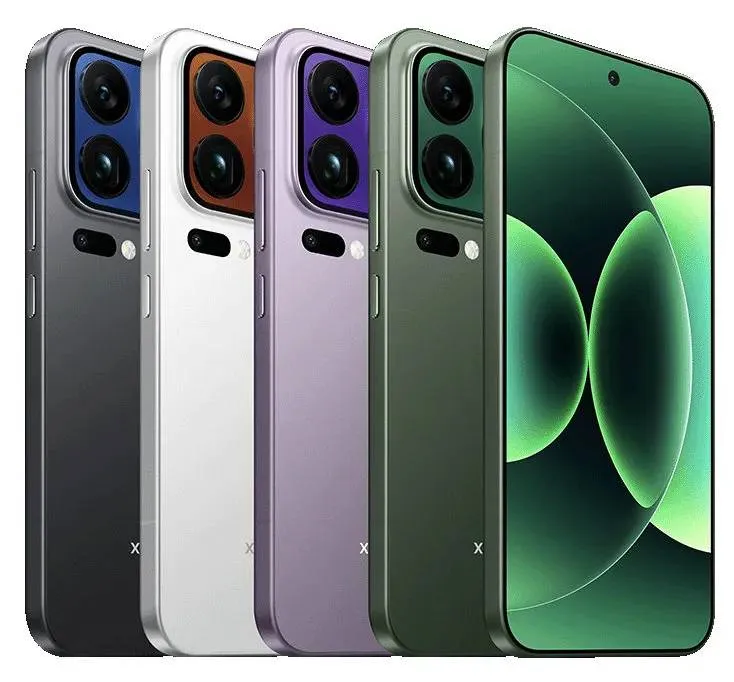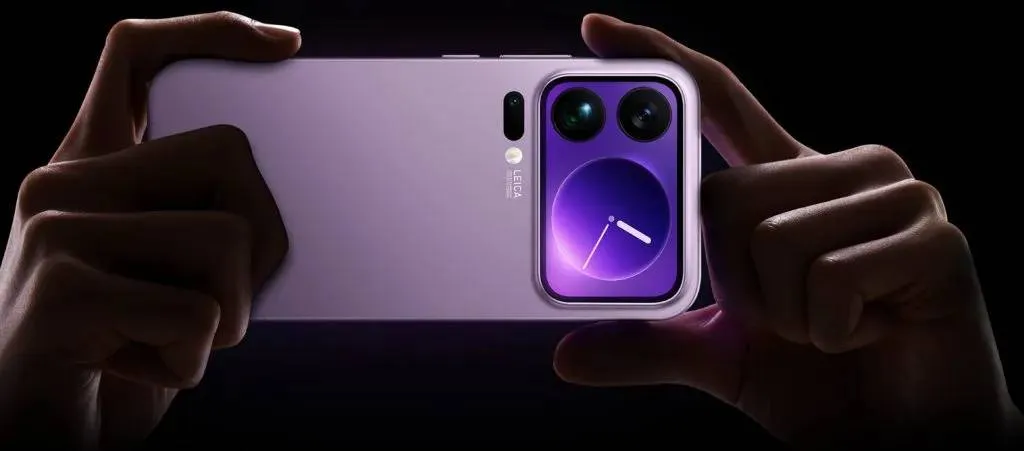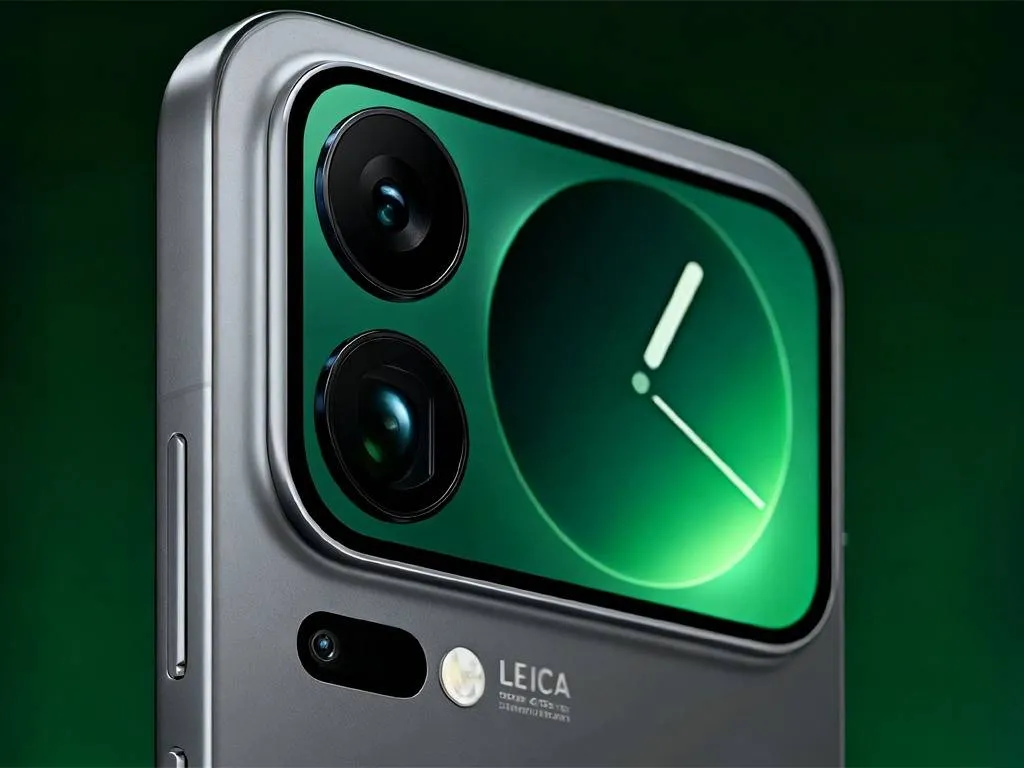But there’s a catch. The version sold in China isn’t made for users outside its borders. And while importing one may sound tempting, it can cause more problems than it solves.
Google Services: The First Roadblock
If you’re used to Google apps, the Chinese HyperOS might feel strange. Because Google is restricted in China, the system has almost no built-in Google support. You can install the Play Store manually, but that doesn’t mean it will run smoothly.
Key Points
- Chinese Xiaomi 17 Pro lacks full Google support and key Android features.
- Only English and Chinese languages available in system menus.
- Pre-installed Chinese apps and notifications cannot be removed.
- Locked bootloader prevents global or custom ROM installation.
- Global version of Xiaomi 17 (non-Pro) expected soon.
Notifications from Gmail, WhatsApp, or YouTube can be delayed or stop showing up. Fixing this means diving into deep battery settings and app permissions—something most people won’t want to do. Even then, results vary.
Language Barriers and Missing Android Features
Once you set the phone to English, things get only slightly better. Menus and settings may still show Chinese text here and there. A few preinstalled apps will stay entirely in Mandarin.

Bloatware You Can’t Delete
Chinese-market Xiaomi phones come packed with local apps. These range from shopping platforms to social tools that only work inside China. You can hide most of them, but many can’t be removed.

It’s not a dealbreaker for everyone, but it clutters the interface. And some of those apps send push notifications in Mandarin, which can get annoying fast.
No Custom ROMs, No Global Software
Here’s a bigger concern for advanced users: the bootloader is locked. Xiaomi has tightened its unlocking policy this year, and Chinese units are especially strict.
This means you can’t flash a global ROM, and you can’t install popular community builds like Xiaomi.eu. Even if Xiaomi later releases a global version of the 17 Pro, you won’t be able to install that firmware on a Chinese unit.
You’re stuck with what comes out of the box.
Network Bands and Payment Issues
The hardware itself supports most common bands, but not all. Depending on your carrier, you could see weaker 5G signal or no VoLTE support.
Mobile payment features like Google Pay or NFC tap-to-pay may not work properly, either.
For a phone that costs this much, that’s a big compromise.
So, Should You Import It?
The Xiaomi 17 Pro is an amazing piece of hardware—fast, well-built, and visually impressive. But the Chinese version simply isn’t designed for everyday use outside China.

- Unreliable Google apps and sync issues
- Menus that mix English and Chinese
- Non-removable local apps
- Missing Android Auto and Wallet
- Locked bootloader
- Patchy 5G and NFC support
Unless you enjoy tinkering and troubleshooting, it’s smarter to wait for the global Xiaomi 17. That version will come fully translated, with Google integration and all the right network bands for your region.
